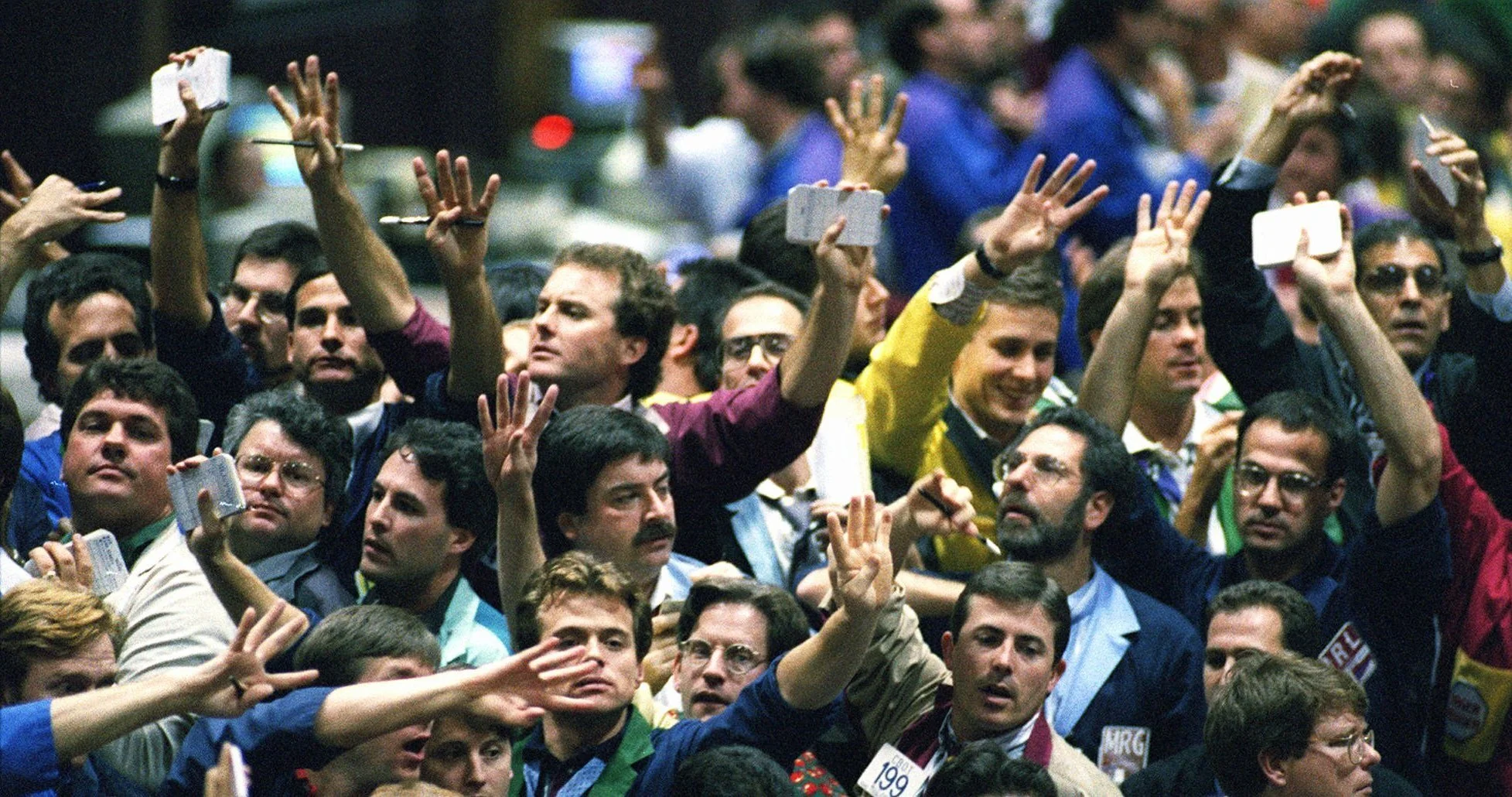In most industrial settings, health-and-safety rules demand that appropriate protective gear be worn, including the donning of ear defenders in high decibel environments. Yet, when it comes to our investing health and safety, we have little by the way of regulatory guidance except the obligatory phrase ‘Past performance is no guide to future performance’ to protect ourselves from the noise of market outcomes, particularly when investing without the guidance of an advisor.
Investing in markets is a very noisy business and some form of ear defenders are required. Given that markets do a pretty good job incorporating information into prices, they tend to move randomly on the release of new information. Many investors are probably wondering today what returns will be like from equities in the final months of 2020 and perhaps next year too. Nobody knows (and do not believe anyone who claims to know). The chart below illustrates the monthly returns every year, from January 1970 to August 2020. As you can see, there is a lot of noise in the data.
Figure 1: Monthly returns of global developed market equities are very noisy
Data source: Morningstar Direct © All rights reserved (see endnote). MSCI World Index (gross) in GBP terms.
The only ear defenders that we have are behavioural. We must keep our true investment horizons – 20 to 30 years or more, in many cases - at the forefront of our minds, accept that investing is a two steps forward and one step back process and not look at our investment portfolios too frequently. The chart below shows that even on a yearly basis, returns from equities are noisy. The blue dots represent the calendar year returns and the red triangles represent the annualised return for the decade. Even the returns of decades are a bit noisy. Patience and fortitude are prerequisites for success.
Figure 2: Annual returns of global developed market equities are noisy too
Data source: Morningstar Direct © All rights reserved (see endnote). MSCI World Index (gross) in GBB terms.
Yet, over this period, global developed equity markets have delivered a return of 10.9% on an annualised basis before inflation and 6.5% after inflation (but before costs). Put another way, investors who stayed the course doubled their purchasing power every 12 years. With those sorts of longer-term returns, try not to let the noise of the markets keep you awake.
Risk warnings
This article is distributed for educational purposes and should not be considered investment advice or an offer of any security for sale. This article contains the opinions of the author but not necessarily the Firm and does not represent a recommendation of any particular security, strategy, or investment product. Information contained herein has been obtained from sources believed to be reliable but is not guaranteed.
Past performance is not indicative of future results and no representation is made that the stated results will be replicated.









